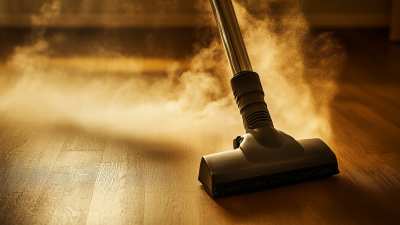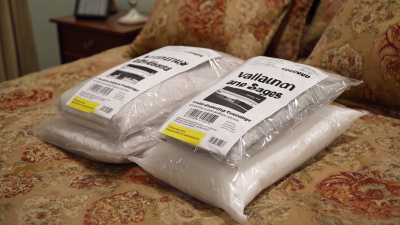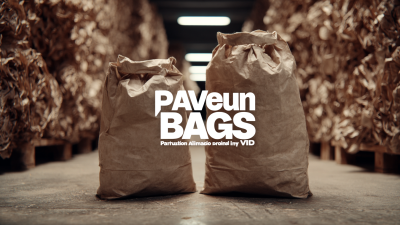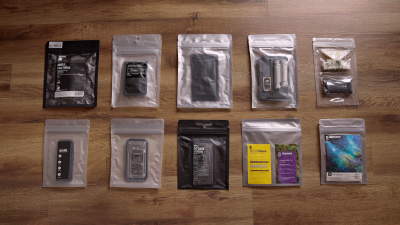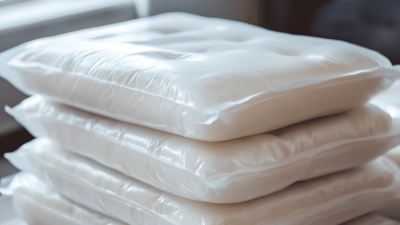When it comes to maintaining a clean and healthy environment, choosing the right cleaning tools is imperative. One essential component that often goes overlooked is the type of vacuum bag used, particularly Paper Vacuum Bags. According to a recent industry report by Freedonia Group, the demand for vacuum bags in the U.S. is projected to reach 1.5 billion units by 2025, driven by a growing emphasis on household cleanliness and the increasing popularity of eco-friendly cleaning solutions.
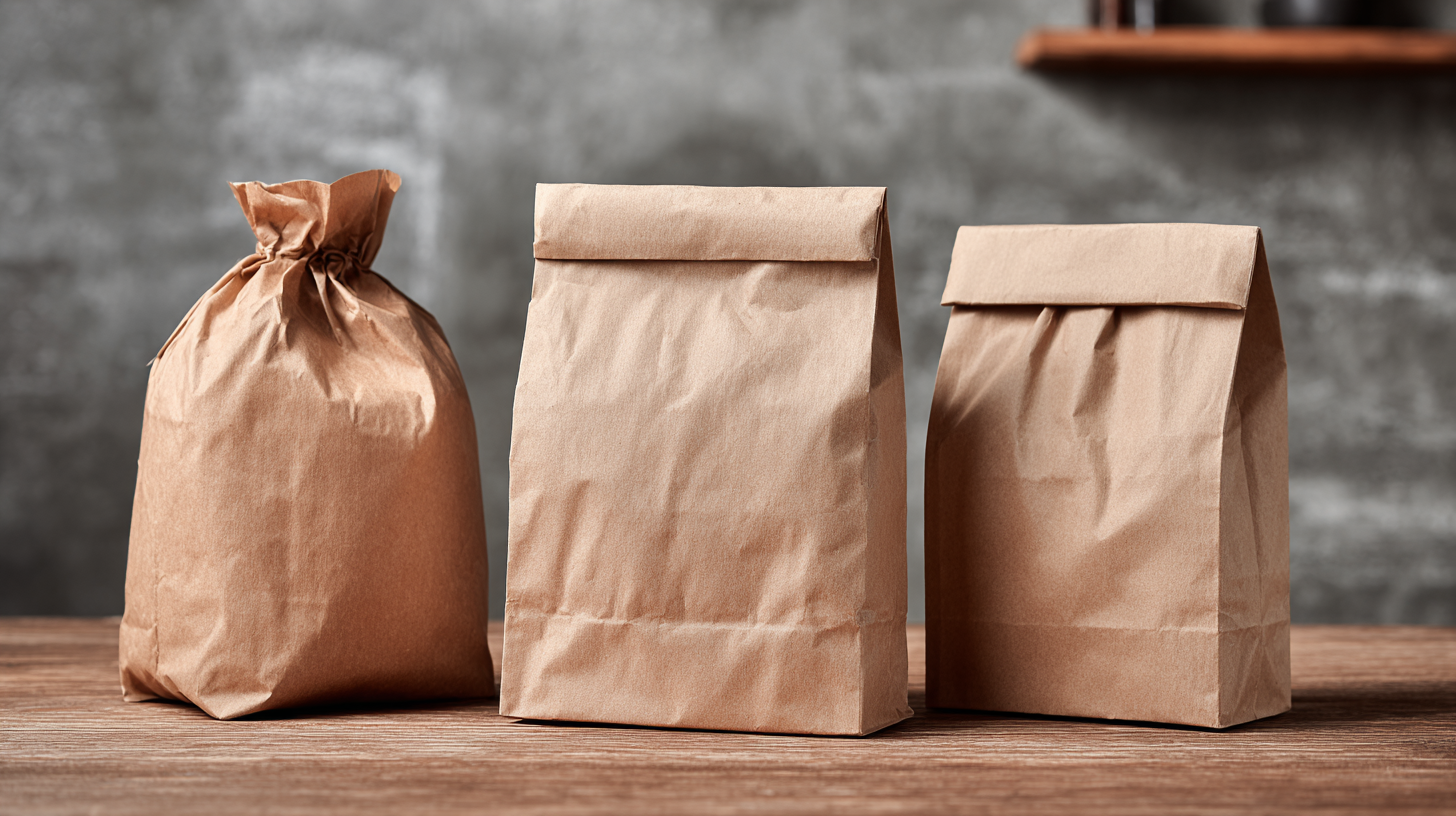
Paper Vacuum Bags not only offer effective filtration for dust and allergens, but they also align with sustainable practices, as they are made from biodegradable materials. With options varying in size, capacity, and compatibility, selecting the best Paper Vacuum Bag for your cleaning needs can significantly enhance performance and efficiency. This guide will help you navigate the key factors to consider when making your choice, ensuring your vacuuming experience is as effective and environmentally friendly as possible.
When it comes to selecting the best paper vacuum bags for your cleaning needs, understanding the different types available on the market is essential. Paper vacuum bags are primarily made from cellulose or kraft paper, which help trap dirt and allergens effectively. According to a report by The Cleaning Industry Research Institute, over 70% of consumers prefer paper bags due to their eco-friendly nature and superior filtration capabilities compared to their plastic counterparts.
There are several types of paper vacuum bags to consider, including flat, fitted, and disposable options. Flat bags provide a simple and economical solution for light household cleaning, while fitted bags are designed to match specific vacuum models, ensuring optimal performance and filtration. Disposable paper bags, often endorsed by manufacturers, are favored for their convenience and ability to maintain hygienic conditions during disposal, a critical factor for allergy sufferers. According to recent market studies, the demand for paper vacuum bags is set to increase by 5% annually, highlighting a growing consumer preference for sustainable cleaning solutions.
When selecting the best paper vacuum bags for your cleaning needs, several key features should be considered to ensure optimal performance. First and foremost, look for bags that offer high filtration efficiency. Quality paper vacuum bags are designed to trap dust, allergens, and fine particles, which is essential for maintaining a clean and healthy environment. A bag with a high filtration rating can significantly reduce airborne irritants, making it an excellent choice for households with allergy sufferers or pets.
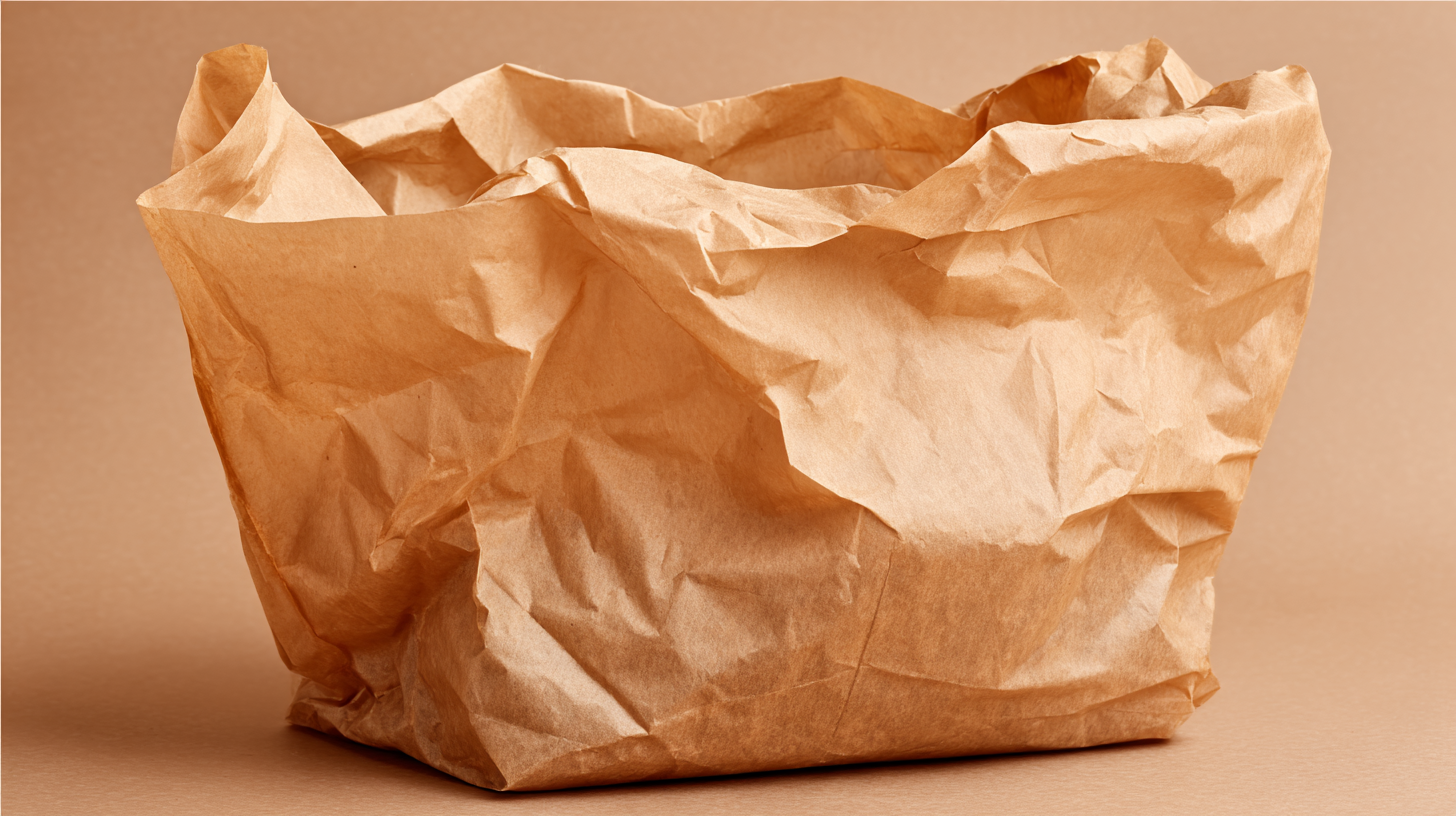
Another important feature to consider is the capacity of the vacuum bag. Choose bags with a larger capacity if you have a bigger space to clean or if you vacuum frequently. This reduces the frequency of bag replacements, saving you both time and money. Additionally, check for compatibility with your vacuum cleaner model; not all paper bags fit every vacuum, and using the wrong size can hinder suction power. Finally, consider the bag’s durability and tear resistance, as sturdy bags will resist ripping and leaking during disposal, thus enhancing your cleaning experience.
When selecting paper vacuum bags for your cleaning needs, understanding compatibility with your vacuum cleaner model is crucial. Each vacuum cleaner is designed to accommodate specific types and sizes of bags, and using the wrong bag can significantly hinder performance. Start by checking the manufacturer's specifications for your vacuum to identify the recommended bag model. This information can often be found in the user manual or on the manufacturer's website.
Once you have determined the compatible bag type, consider the capacity and filtration features that best suit your cleaning requirements. Some vacuum bags come equipped with advanced filtration capabilities, designed to capture allergens and fine dust particles, making them an excellent choice for allergy sufferers or households with pets. Additionally, ensure that the bag's size aligns perfectly with your vacuum to avoid any unexpected leaks or inefficiencies during use. By focusing on these compatibility aspects, you can enhance your cleaning experience and maintain the longevity of your vacuum cleaner.
| Vacuum Cleaner Model | Bag Type | Filtration Level | Capacity (Liters) | Best For |
|---|---|---|---|---|
| Model A123 | Standard Paper Bag | Basic Filtration | 2.5 | General Cleaning |
| Model B456 | High-Efficiency Paper Bag | HEPA Filtration | 3.0 | Allergy and Pet Hair |
| Model C789 | Heavy-Duty Paper Bag | Advanced Filtration | 4.0 | Commercial Use |
| Model D012 | Micro-Filter Paper Bag | Ultra Filtration | 2.0 | Sensitive Environments |
| Model E345 | Eco-Friendly Paper Bag | Standard Filtration | 2.8 | Environmentally Conscious Users |
When evaluating the environmental impact of paper vacuum bags, it's essential to consider factors such as material sourcing, production processes, and end-of-life disposal. Paper vacuum bags are often made from renewable resources, primarily recycled paper which significantly reduces the carbon footprint compared to traditional plastic vacuum bags. According to a report by the Environmental Paper Network, using recycled paper can save up to 60% of greenhouse gas emissions compared to making new paper from virgin fibers. This makes paper vacuum bags a more sustainable choice for environmentally-conscious consumers.
**Tip**: Always check for certifications such as FSC (Forest Stewardship Council) or SFI (Sustainable Forestry Initiative) on paper vacuum bags, ensuring they are responsibly sourced and environmentally friendly.
Moreover, the biodegradability of paper vacuum bags plays a crucial role in their environmental impact. Unlike plastic bags that can take hundreds of years to decompose, paper bags can break down in as little as three to six months under the right conditions. This rapid decomposition helps reduce landfill waste and promotes a healthier ecosystem. According to a 2022 study published by the Journal of Cleaner Production, switching to paper vacuum bags can reduce overall household waste by up to 30%.
**Tip**: Consider composting used paper vacuum bags if they do not contain synthetic materials, as this can further mitigate environmental impact while enriching your garden soil.
When utilizing paper vacuum bags, proper usage and maintenance are crucial for optimizing performance and prolonging their lifespan. According to a report by the Vacuum Cleaner Manufacturers Association, paper bags can capture up to 99.7% of allergens, making them an excellent choice for those with allergies or asthma. However, to achieve this efficiency, it’s important to avoid overfilling the bags. Each bag has a maximum capacity that, when exceeded, can lead to reduced suction power and potential machine damage. Regularly checking and replacing the bags every one to two months, depending on usage, ensures your vacuum operates at peak performance.
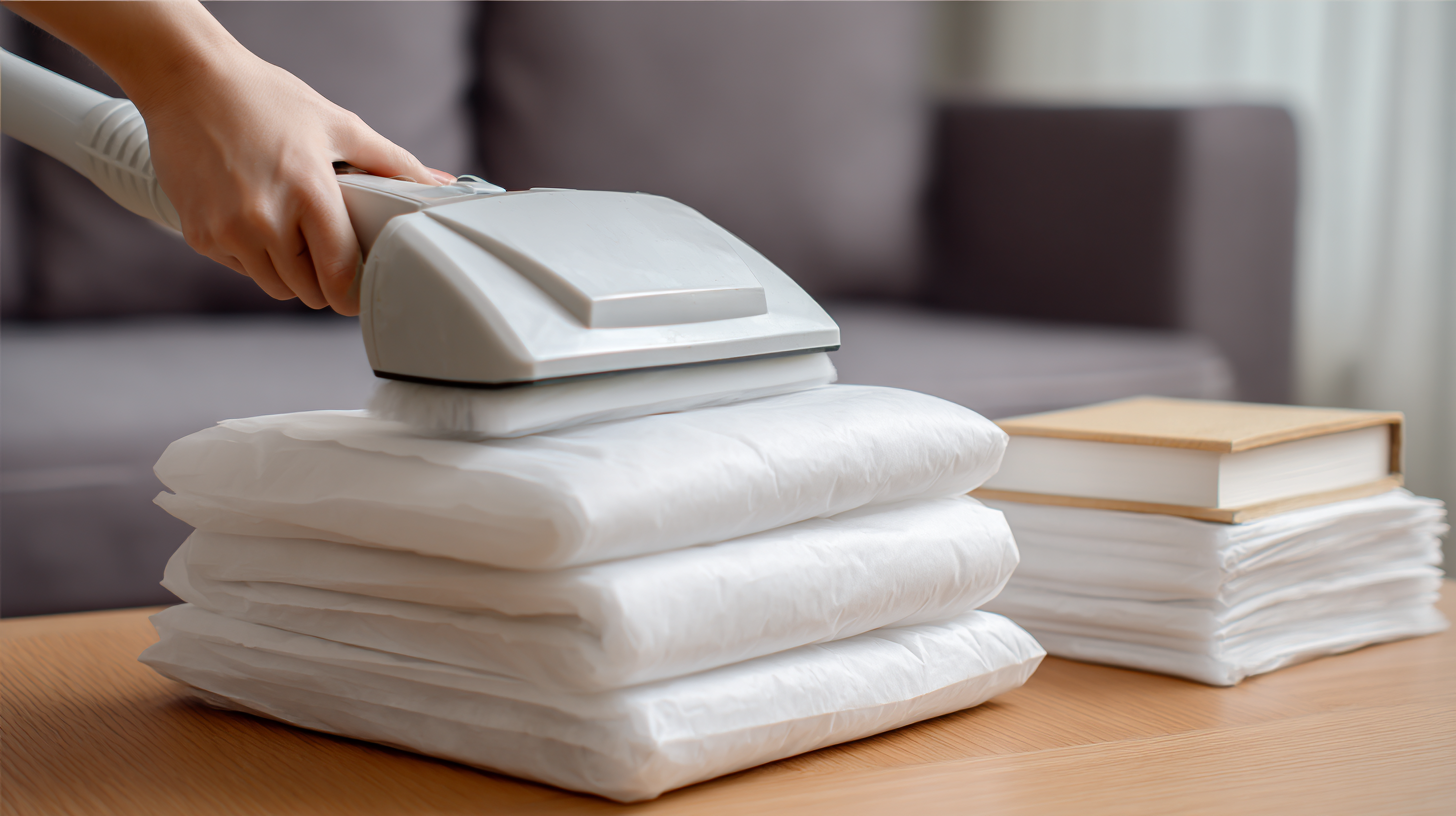
In addition to proper usage, maintenance of paper vacuum bags includes storing them in a dry and cool environment to prevent moisture damage. A study by the Institute of Cleaning Research indicates that moisture can compromise the paper's integrity, reducing its filtration efficiency by nearly 30%. Furthermore, routine checks for wear and tear ensure that any potential issues are addressed early, maintaining not just the vacuum's functionality but also ensuring a healthier indoor air quality. Investing time in these simple practices can greatly enhance your cleaning experience.
